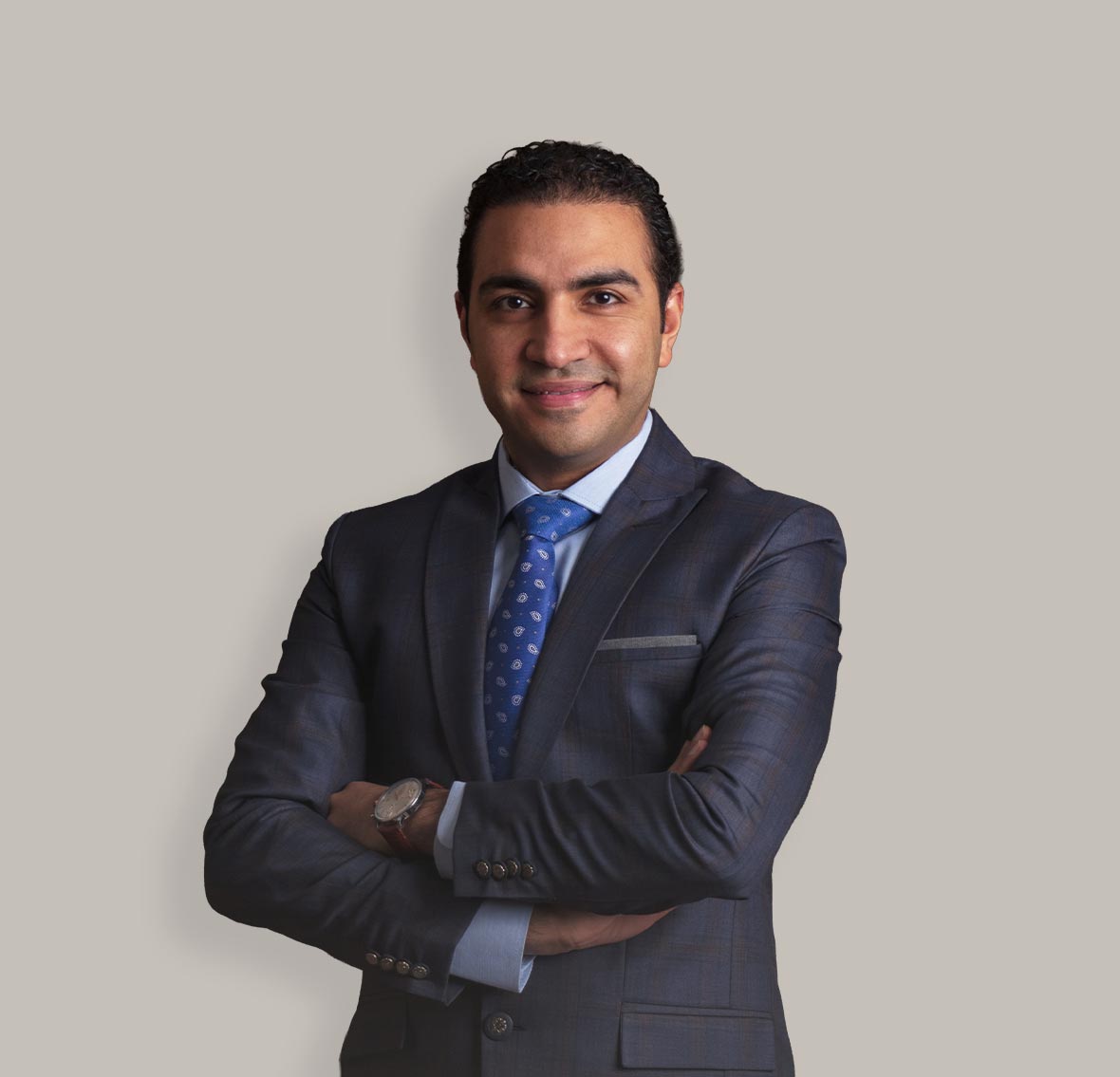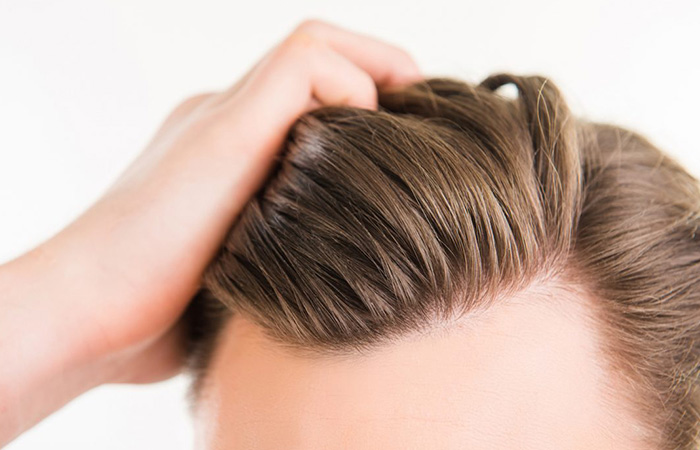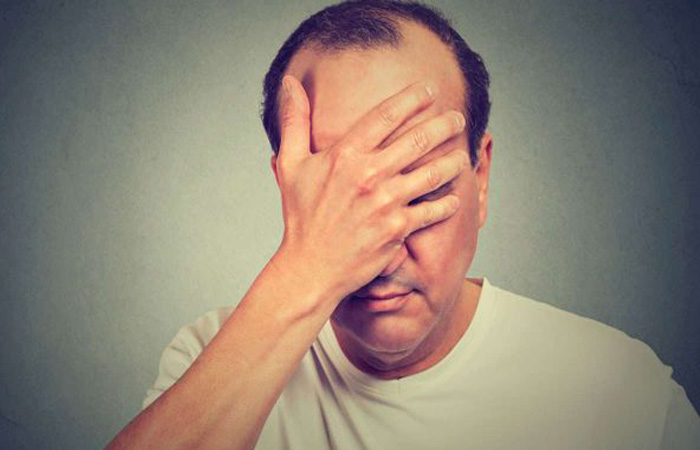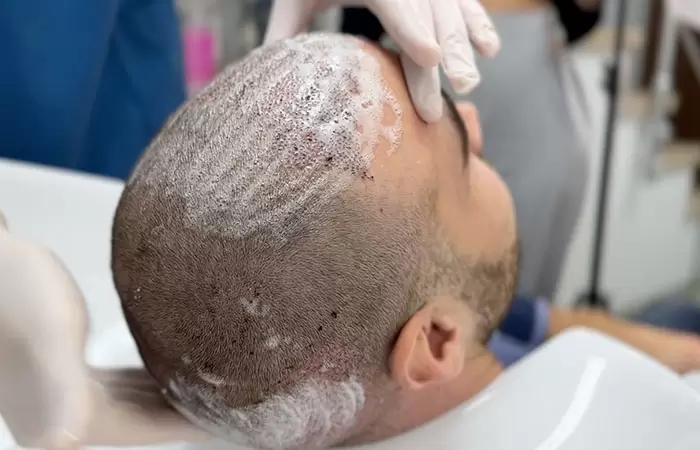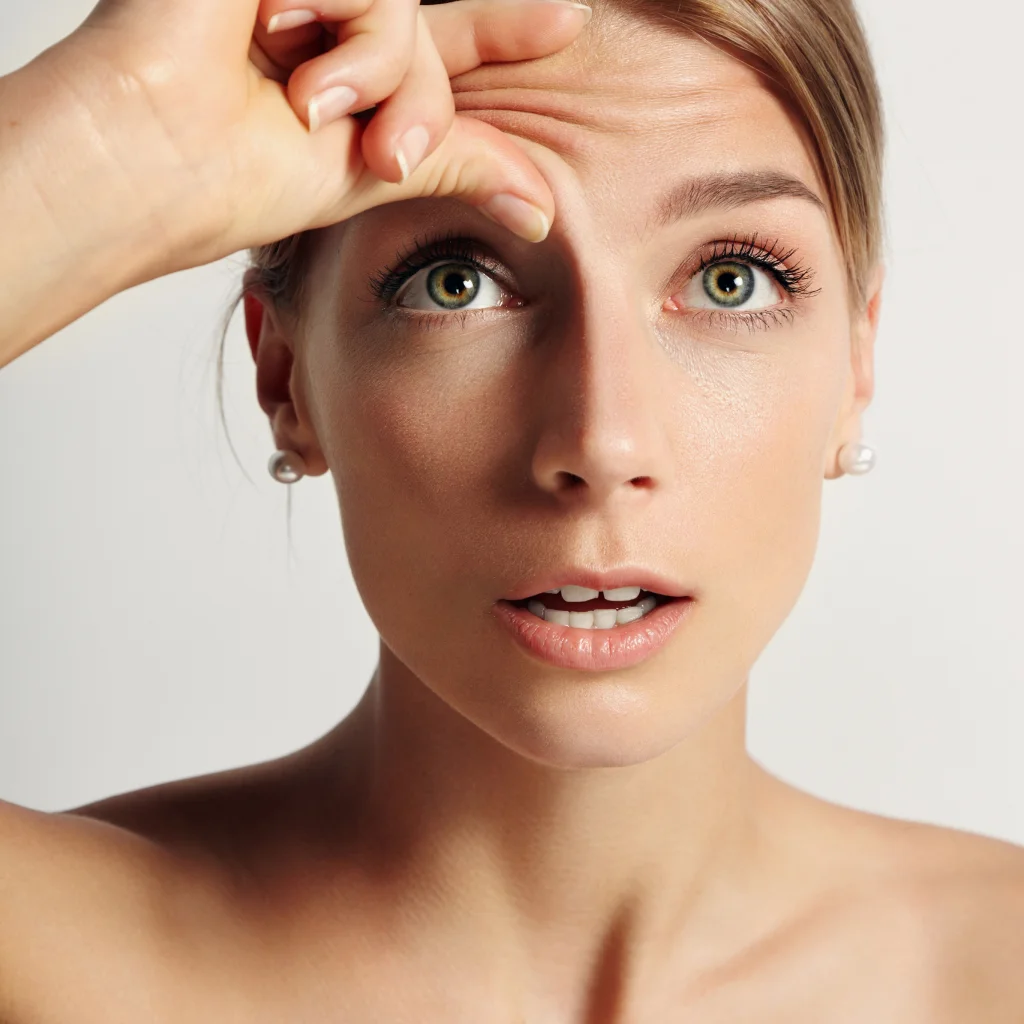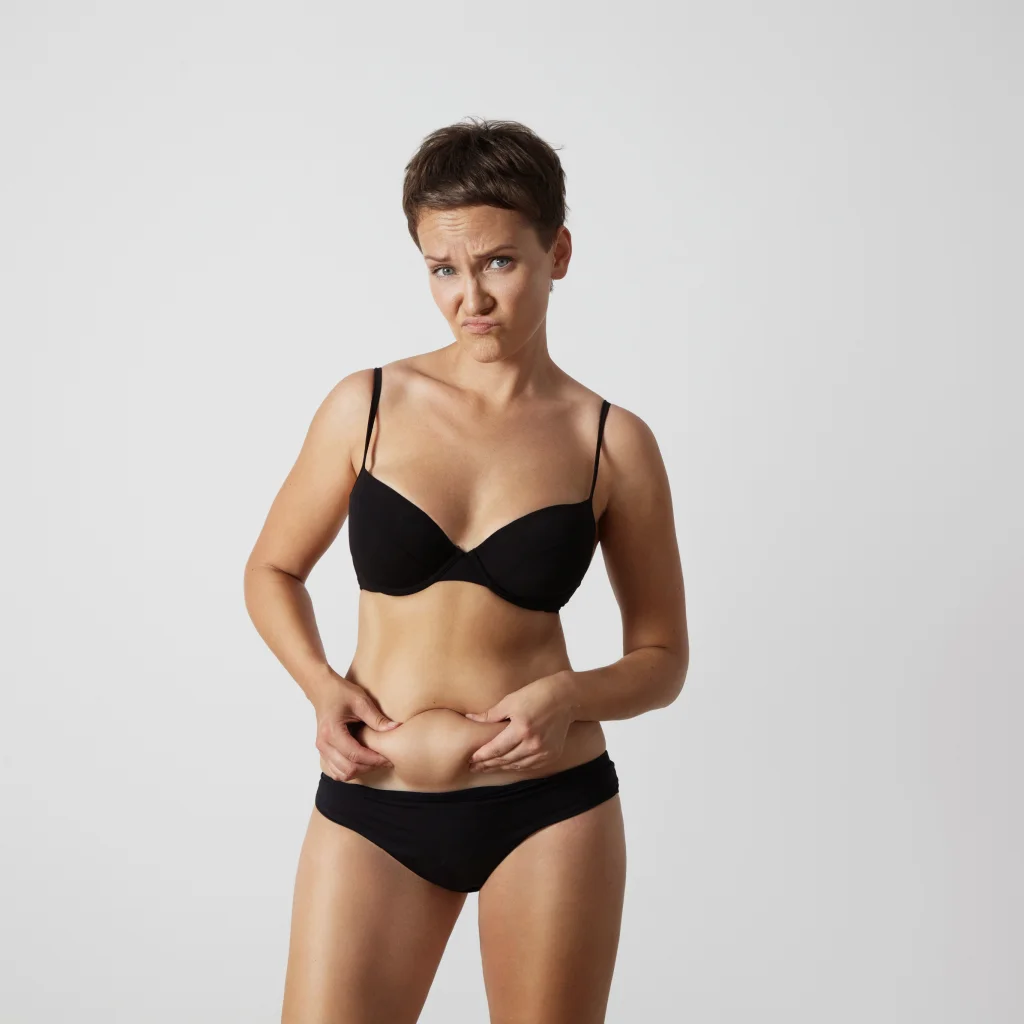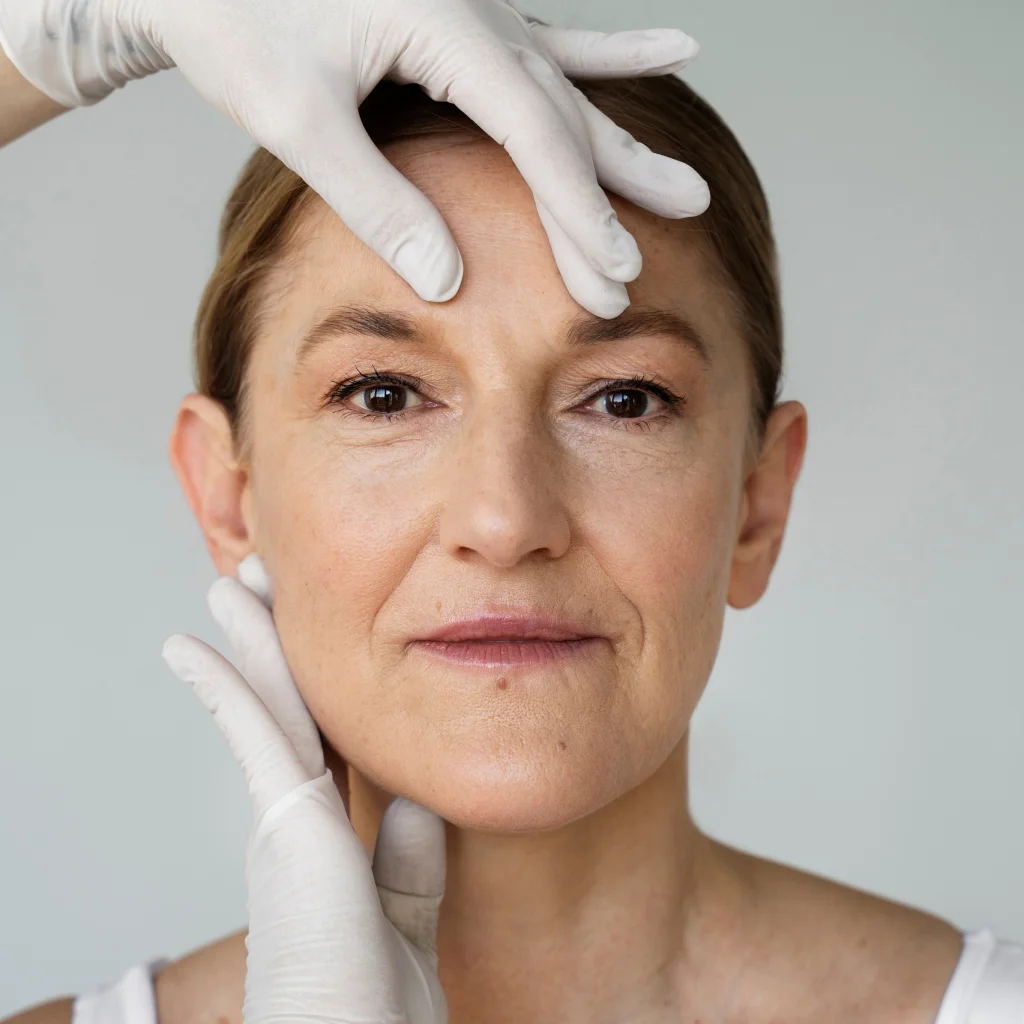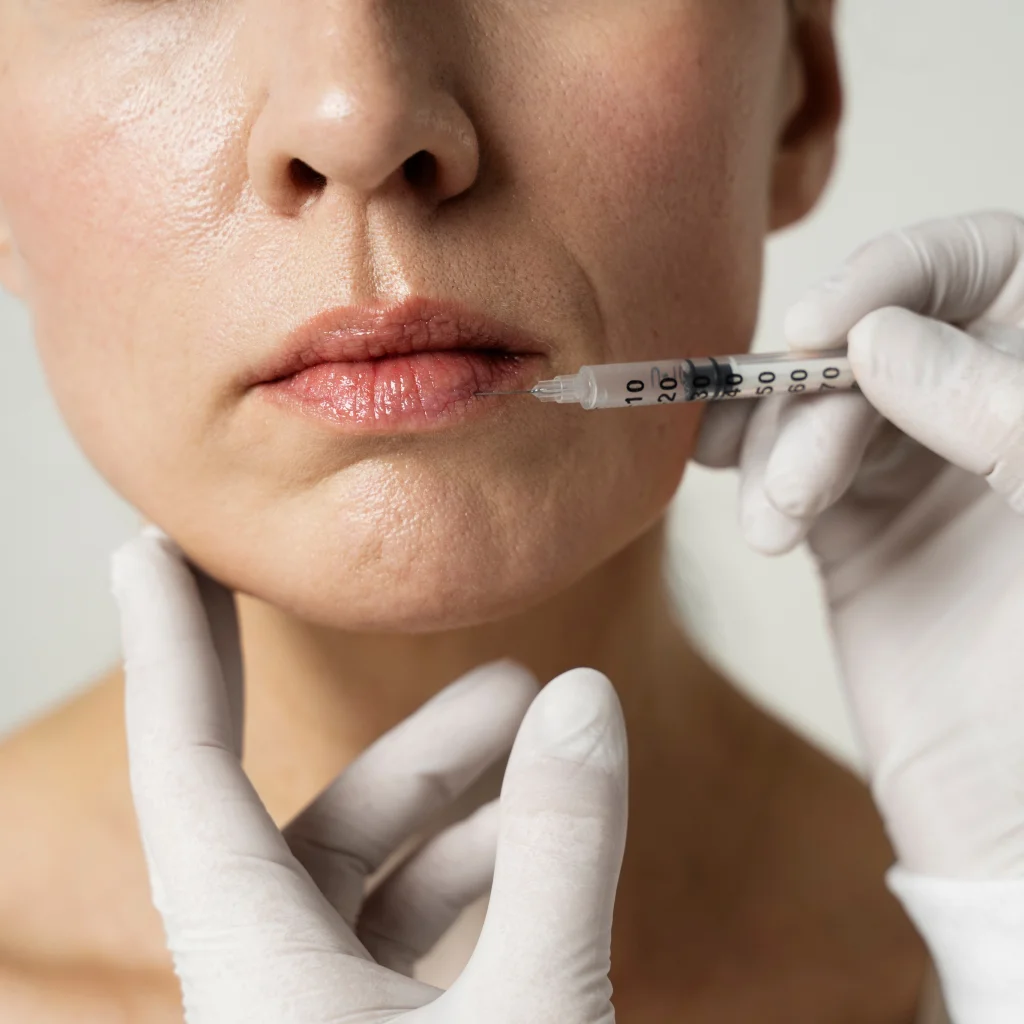In the world of hair care and combating hair loss, “Minoxidil” stands out as one of the most well-known and widely used treatments. Whether you are a man experiencing the early stages of male pattern baldness or a woman noticing hair thinning, chances are you have heard of this treatment or seen it on pharmacy shelves. But what exactly is Minoxidil? How does it work? And is it really the magic solution for all hair loss problems?
In this comprehensive article, we cover everything you need to know about Minoxidil for hair—its uses, benefits, types, proper application for both men and women, effectiveness for scalp and beard growth, possible side effects, and the results you can realistically expect. Our goal is to give you a clear perspective that will help you make the right decision in consultation with your doctor.
What is Minoxidil?
Minoxidil is an FDA-approved medication that is usually available as a topical solution (spray) or foam, applied directly to the scalp.
The story of its discovery is quite interesting: originally developed in the last century as oral tablets to treat severe hypertension, Minoxidil works as a vasodilator. Doctors then observed an unexpected side effect—hypertrichosis (excessive hair growth) in different areas of the body. This accidental finding led researchers to investigate its potential as a topical treatment for hair loss, which eventually proved successful and gave rise to one of the most popular hair loss treatments worldwide.
Types and Concentrations of Minoxidil
Minoxidil is mainly available in two concentrations and pharmaceutical forms:
- 2% concentration: Usually prescribed for women or men starting treatment.
- 5% concentration: More effective and the standard concentration for men. It can also be prescribed to women under strict medical supervision due to the higher risk of side effects.
Pharmaceutical forms:
- Solution (spray): The traditional form, may contain propylene glycol, which can cause irritation or itching in some users.
- Foam: A newer, gentler option for the scalp, typically free of propylene glycol, less irritating, and faster-drying.
Minoxidil Uses and Benefits
Although the precise mechanism is not fully understood, the most widely accepted medical theories suggest that Minoxidil works through several complementary pathways:
- Vasodilation: Expands small blood vessels in the scalp, improving blood flow, oxygen, and nutrient supply to hair follicles.
- Follicle stimulation: “Reawakens” dormant follicles in the resting (telogen) phase, prompting them to enter the active growth (anagen) phase.
- Prolonging growth: Extends the duration of the anagen phase, allowing hair to grow longer and thicker before entering the natural shedding cycle.
It is important to note that Minoxidil does not address the root cause of genetic baldness; it simply acts as a stimulant to keep follicles active for as long as treatment continues.
Minoxidil Use for Women
Both 2% solution and 5% foam are FDA-approved for treating female pattern hair loss (FPHL), which usually presents as overall thinning at the crown and widening of the hair part. A medical consultation is essential before starting, particularly to rule out other causes such as vitamin deficiencies or thyroid disorders.
Conditions That May Benefit from Minoxidil
Minoxidil can be effective for certain types of hair loss, including:
- Unexplained hair thinning without a clear cause.
- Male pattern baldness and early-onset baldness.
- Female pattern hair loss.
- Alopecia areata (patchy hair loss affecting the scalp, beard, or eyebrows, though most commonly the scalp).
Proper Application of Minoxidil

To achieve optimal results:
- Ensure completely dry scalp before application.
- Use the prescribed dose: 1 mL (6–8 sprays or half a cap of foam) twice daily, about 12 hours apart.
- Apply directly to the scalp in thinning areas, not just on the hair. Massage gently with fingertips.
- Wash hands thoroughly after application.
- Allow at least 4 hours drying time before washing hair or using a hair dryer.
- Consistency is key: stopping treatment will reverse progress within 3–6 months.
Precautions
- Do not apply hair creams or oils before or during use.
- Avoid dyeing hair during treatment unless approved by your doctor.
- Never apply on wet hair or immediately after blow-drying.
- Always read and follow package instructions carefully.
- Avoid contact with eyes, mouth, nostrils, or areas where unwanted hair growth may occur.
- Keep out of reach of children.
Possible Side Effects of Minoxidil
Like any topical scalp treatment, Minoxidil may cause mild and temporary side effects, such as:
- Redness and scalp irritation.
- Temporary itching.
- Tingling sensations.
- Unwanted facial hair growth if it drips or spreads.
- Initial hair shedding (a positive sign of new growth cycles).
Rare Complications
Though uncommon, Minoxidil may cause complications in rare cases:
- Swelling in hands or feet.
- Unexplained weight gain.
- Chest pain.
- Dizziness or weakness.
- Changes in hair texture or color.
- Eye irritation if contact occurs.
Who Should Avoid Minoxidil?
Not suitable for:
- Sudden hair loss cases.
- Hair loss caused by chemical products.
- Complete baldness.
- People with chronic scalp inflammation or persistent itching.
Contraindications:
- Known allergy to Minoxidil.
- Patients with liver, kidney, or heart conditions.
- Pregnant or breastfeeding women (safety not established).
- People with autoimmune skin disorders like eczema or psoriasis.
- Individuals on conflicting medications.
Expected Results of Using Minoxidil
Patience is essential when using Minoxidil:
- Initial shedding (2–8 weeks): Temporary increase in hair loss as old hairs are replaced by new growth.
- Early results (4–6 months): Appearance of fine, short hairs (vellus hairs).
- Final results (12–18 months): These fine hairs gradually thicken and lengthen, leading to visible density.
Minoxidil for Beard Growth
Although not FDA-approved for facial use, This product has become popular among men seeking fuller beards. Many studies and anecdotal reports suggest it can stimulate beard density by enhancing blood flow and follicle activation. However, because facial skin is more sensitive, medical advice and caution are recommended.
Conclusion
Minoxidil is not a magical cure, but it is a scientifically proven and effective treatment that can make a significant difference in the battle against hair loss, particularly genetic baldness. With commitment and patience, it offers real hope for slowing shedding and restoring density.
The most important step is to consult a dermatologist or hair restoration specialist. A doctor can diagnose your condition accurately, determine if Minoxidil is the right treatment, and possibly recommend combining it with other options such as finasteride (for men), PRP injections, mesotherapy, or hair transplantation with an experienced surgeon—like Dr. Sherif Hegazy—to achieve the best results.



